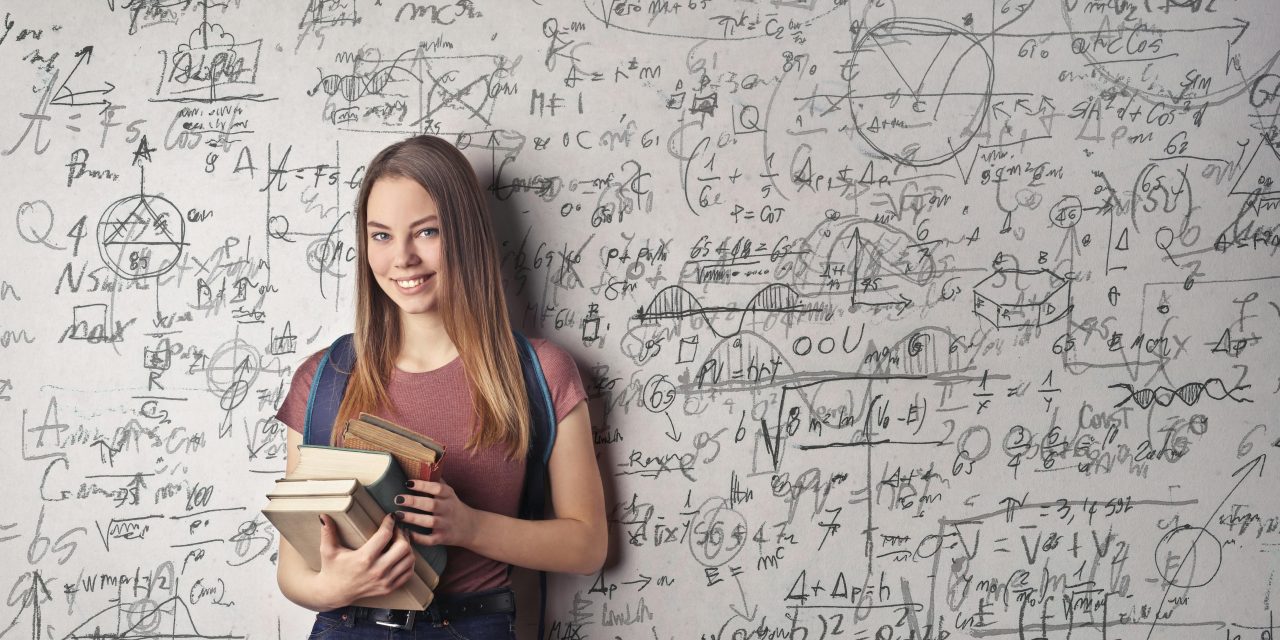Kinematics is one of the foundational topics in AP Physics, and mastering it is essential for students aiming to excel on the exam. This branch of mechanics, which focuses on the motion of objects without considering the forces causing that motion, forms the first step in understanding more complex physics concepts. In this blog post, we’ll break down the key ideas in kinematics and provide strategies to help your students succeed. Additionally, we’ll explore how Key2PHYSICS can enhance their learning experience.
The Basics of Kinematics
Before delving into advanced topics, it’s important for students to have a strong grasp of the basics:
1. Displacement vs. Distance
Students often confuse these two concepts. Displacement is a vector quantity, meaning it considers both magnitude and direction, and refers to an object’s overall change in position. In contrast, distance is a scalar quantity that measures the total path traveled, regardless of direction.
2. Velocity vs. Speed
Similar to displacement and distance, velocity and speed are frequently mixed up. Velocity is a vector quantity, which means it includes both the rate of motion and the direction. Speed, on the other hand, is scalar and only measures how fast an object is moving without considering direction.
3. Acceleration
Acceleration describes the rate at which an object’s velocity changes. This can occur as a change in speed, direction, or both. Understanding acceleration is crucial for analyzing motion in various contexts.
Key Concepts in Kinematics
To succeed in AP Physics, students need to be comfortable with several core kinematic concepts that describe motion with constant acceleration. These principles allow students to predict the future position and velocity of an object when its motion is influenced by acceleration. Encouraging students to practice applying these concepts in a variety of scenarios is key, as they form the foundation for much of the problem-solving in AP Physics.
Graphical Analysis
Graphical analysis is another essential skill in kinematics. Students must be able to interpret and create graphs that represent motion:
1. Position-Time Graphs
Understanding how to determine an object’s velocity and acceleration from the slope of a position-time graph is fundamental. These graphs provide insight into how an object’s position changes over time.
2. Velocity-Time Graphs
Students should practice deriving an object’s displacement and acceleration from the area under the curve and the slope of the velocity-time graph. These graphs are crucial for analyzing how velocity changes over time.
3. Acceleration-Time Graphs
Although less common, acceleration-time graphs can still appear on the exam. Students should understand how these graphs relate to velocity-time graphs and what they reveal about an object’s motion.
Problem-Solving Strategies
To help students tackle kinematics problems with confidence:
1. Draw Diagrams
Encourage students to sketch motion diagrams and label known quantities. Visualizing the problem helps in setting up the correct approach and solving equations accurately.
2. Use a Systematic Approach
Teach students to list known values, identify the appropriate concepts to apply, and solve step by step. This structured method reduces errors and makes complex problems more manageable.
3. Check Units
Emphasize the importance of keeping track of units throughout calculations. This simple habit can prevent many common mistakes and ensures that solutions are physically meaningful.
Using Key2PHYSICS to Master Kinematics
Key2PHYSICS provides a wealth of resources to help students excel in kinematics:
- Interactive Lessons: Students can engage with lessons that break down kinematic concepts into digestible parts, using visual aids and animations to enhance understanding.
- Practice Problems: The platform offers a wide range of practice problems, from basic to advanced, allowing students to apply kinematic concepts in different contexts.
- Instant Feedback: With instant grading and feedback, students can quickly identify areas where they need improvement and get back on track.
- Customizable Assessments: Educators can create targeted problem sets focused on kinematics, tailoring the difficulty and content to meet the specific needs of their students.
Reinforcing Kinematics with Real-World Examples
Kinematics becomes more engaging when students see its application in real-world scenarios:
1. Projectile Motion
Discuss the kinematics of sports, such as the trajectory of a basketball or the motion of a soccer ball, to illustrate key concepts.
2. Automotive Physics
Explore how kinematics applies to driving, such as acceleration, braking distances, and changes in velocity during traffic scenarios.
3. Space Exploration
Relate kinematic concepts to the motion of satellites and spacecraft, which can captivate students’ imaginations and demonstrate the practical importance of these principles.
Conclusion
Understanding kinematics is crucial for success in AP Physics, as it lays the groundwork for more advanced topics like dynamics and energy. By focusing on core concepts, practicing key ideas, and utilizing the resources available through Key2PHYSICS, educators can guide their students toward mastery of this essential subject. Equip your students with the knowledge and skills they need to excel on the AP Physics exam, and watch their confidence soar.

